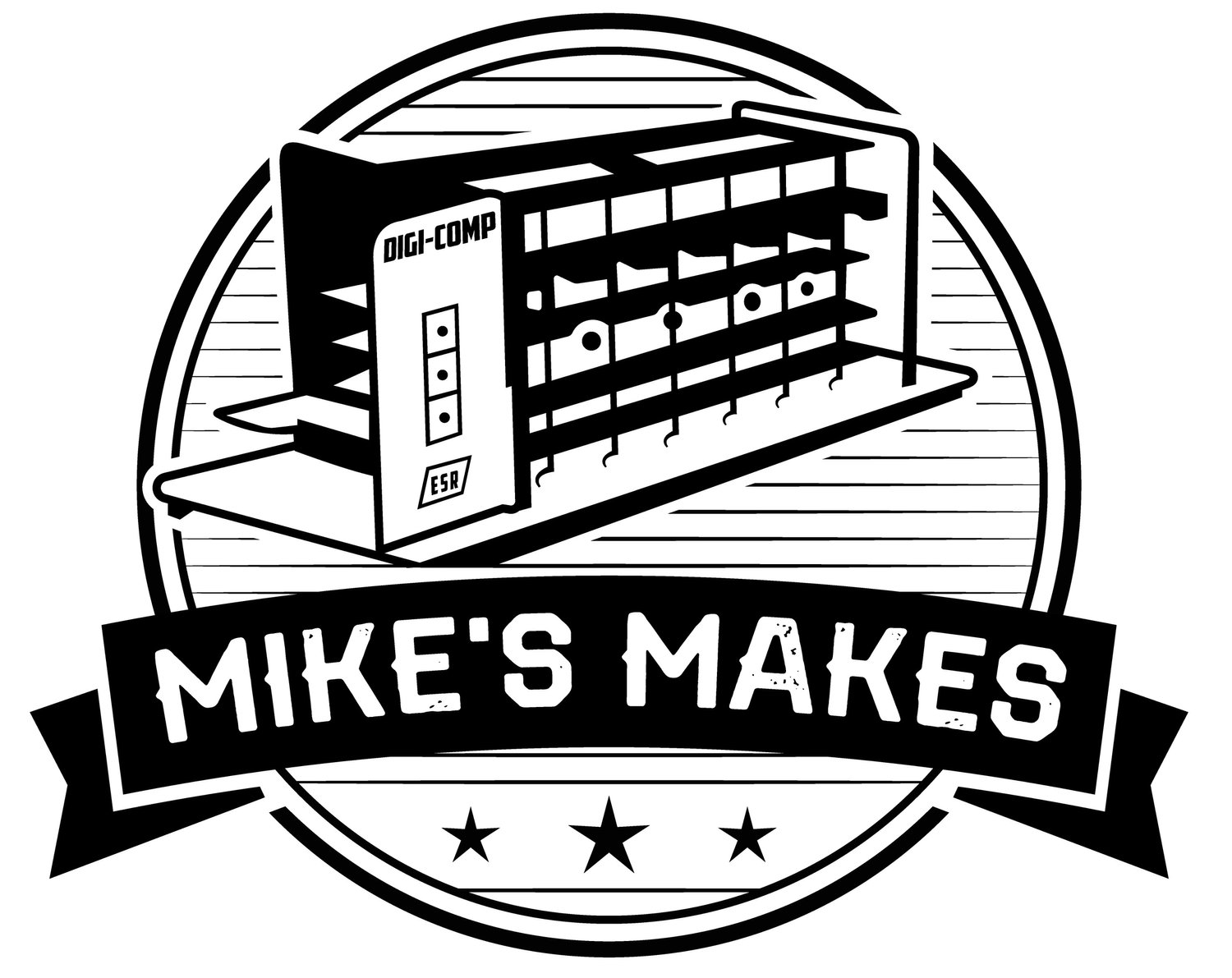CARDIAC (CARDboard Illustrative Aid to Computation)
My CARDIAC reproduction.
Manufactured By: Bell Labs
Designed By: David Hagelbarger and Saul Fingerman
Release Date: 1968
Back in the 1960's and early 70's Bell Labs made some very sophisticated educational kits available to high schools and colleges. Designed for classroom use, they included wonderful manuals written by some of Bell Labs best minds. One of these kits, introduced in 1968, was CARDIAC: A CARDboard Illustrative Aid to Computation.
There are many great references available describing the CARDIAC,
A very good overview of the CARDIAC architecture and operation from Drexel University.
The Paper Computer Unfolded: A Twenty-First Century Guide to the Bell Labs CARDIAC
so I won't go into a lot of detail here, however I do want to set expectations. The CARDIAC presented here is not a computer, it's a device to help you understand how a computer works.
You the user will:
decode instructions by sliding panels up and down,
move the program counter "lady bug" from one memory location to the next,
perform the duties of an arithmetic logic unit (ALU),
read inputs from one sliding strip,
and write output results to another (with a pencil).
Along the way you will you will learn the internal workings of a typical Von Neumann architecture computer. Some fairly sophisticated programs can be executed (by you manually remember) on the CARDIAC. Stacks, subroutines, recursion, and bootstrapping for example can all be demonstrated.
I remember working with a CARDIAC in high school. It must have been 1969 or 1970. We were lucky enough to have a couple of keypunch machines at our school, and our card decks of FORTRAN programs were run at the local board of education with only 2 days turnaround (instilled a lifelong habit of thoroughly checking my work before submitting it). So while I was learning the ins and outs of writing programs, the CARDIAC helped me to understand what was going on inside the machine that I was running them on.
This was the only project in this collection that did not involve any 3D printing. Instead I used Inkscape to layout the CARDIAC panels and printed them on card stock. Inkscape like Fusion 360 allows you to load a background image, calibrate it’s size, then use drawing tools to trace the image features. The printed panels were laminated and by using registration marks on the printed pages I was able to us a laser to cut out the various slots for the sliding panels and holes for the memory markers.
I have no idea how many CARDIACs were distributed in total, but if my small high school in Northern Ontario got enough of them for our whole class it must of been a LOT. Despite this, CARDIACs are all but impossible to find today. Something this impactful deserves to be remembered. While there are a number of great CARDIAC simulators out there, and even an FPGA implementation (Al Williams - Paper to FPGA), there is nothing like holding and operating a physical device.




